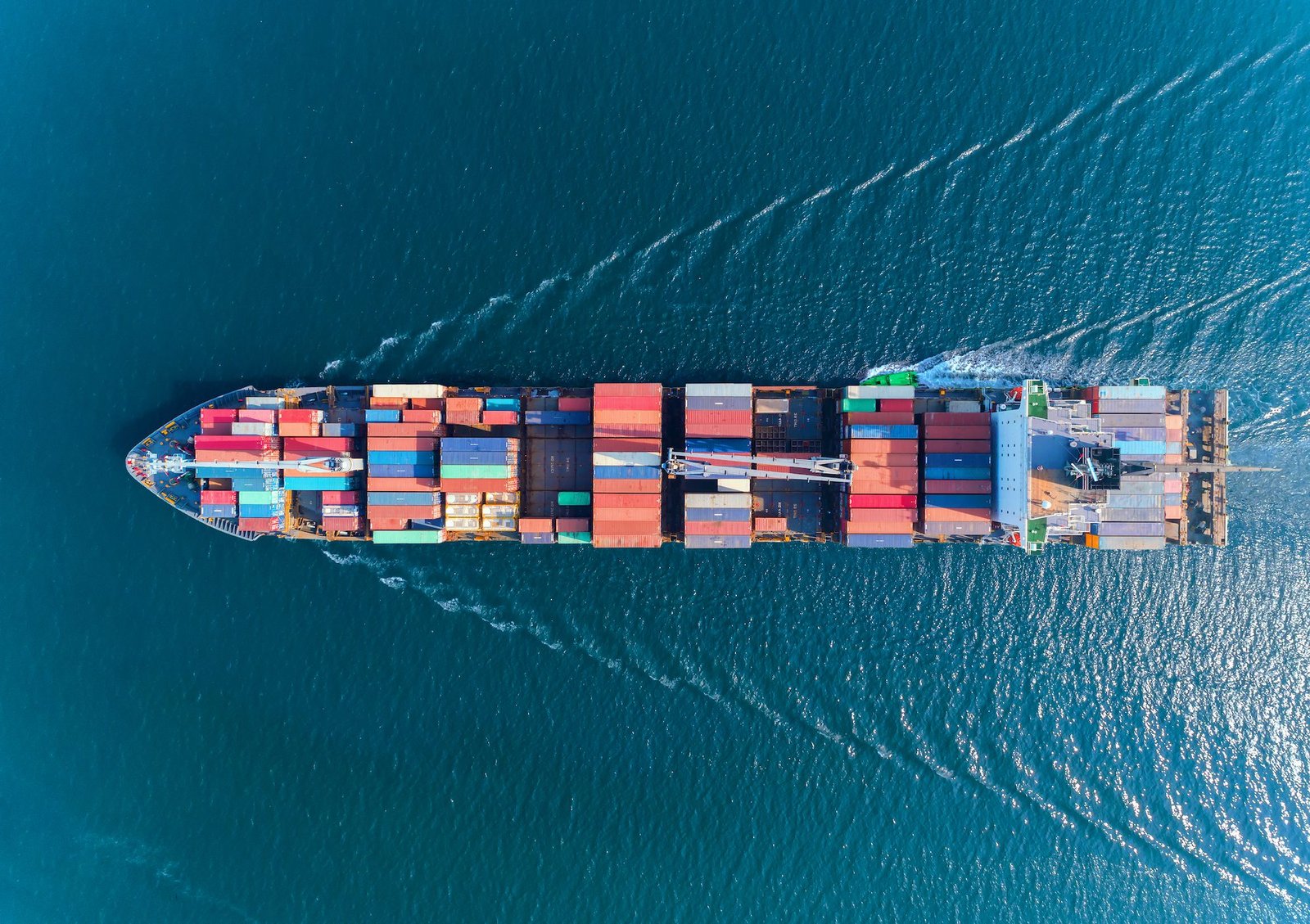
By Charlotte Goldstone (The Loadstar) – Liner analysts have warned that the supply and demand curve will continue to widen before hitting a peak in 2028, as vessel orderbooks grow and demolition comes to “a near standstill”.
Braemar’s Quarterly Container Fleet Statistics report estimates that a total of 2.3m teu was ordered during the first half of the year, with carrier appetite for tonnage “only marginally slowed” from the vast 3.8m teu ordered in H2 24.
One major characteristic of the order market in Q2 was the “intense focus on regional and sub-panamax newbuilding investments”.
“Neo-panamax and ULCS containership newbuilding investment still materialised in 2025, but a firm switch in focus toward smaller ship investment is now becoming visible,” said Braemar.
It says 159 vessels with a capacity of 14,000 teu or more were ordered last year, compared with 77 in H1 25, “suggesting the pace of big ship ordering has only slowed slightly”.
However, for feeders and regional box ships up to 4,000 teu, “the uptick in 2025 is evident”. In the first six months, the number of orders iwas 74, just shy of the full-year 2024 total of 80.
Braemar estimated this size fleet is represented by 32% of vessels aged 20 years or more, projected to increase to 45%–50% by 2030.
Overall, the “intense” newbuilding investment has produced a current orderbook of 9.6m teu, equivalent to 30.5% of the capacity of the operational fleet, as at 1 July.
Due to the lag between order and delivery, there is 3.3 million teu scheduled to be delivered in 2028, while the average net fleet growth is expected to reach 7.3%.
“This intensive fleet renewal programme combined with tepid trade growth expectations will widen the supply and demand curve,” warned Jonathan Roach, container market analyst at Braemar.
Mr Roach estimated that container fleet overcapacity will average 27% annually in the four years to 2028, while this year overcapacity is projected to be 18%, and 19% in 2026.
Exacerbating this, Alphaliner reported that the number of cellular container vessels sold for demolition fell to “negligible levels in H1 25”, with only 10 ships, for a total of 5,454 teu, being recycled. Across the same period in 2024, 48,600 teu had been sold for demolition.
“With essentially zero idling and no slack in the container vessel fleet, ship recycling has come to a near standstill,” it said in its latest report.
Alphaliner attributed shipowners’ reluctance to dispose of older tonnage to “healthy freight and charter markets, boosted by both the Cape of Good Hope diversions and sustained cargo volumes across the globe”.
And it forecast that the already lacklustre demolition sales would remain low in the near future, due to continued Cape diversions “significantly boosting the teu-mile demand”, and the scarce availability of charter tonnage.
“For carriers, keeping older tonnage going also resulted from lessons learnt from the multiple disruptions of the last few years (Covid, Red Sea, tariffs, congestion, strikes, strained supply chains), where having some fleet ‘overhang’ has been welcome to face unforeseen events,” explained Alphaliner.
Mr Roach concluded: “Heightened uncertainty will play a big part in the next few years, and unexpected developments will impact the global economy and have a knock-on impact on liner fortunes.”
Braemar forecast carriers’ current earnings cycle “to hit a low point in 2028”, with a return to Red Sea transits combined with a huge year for newbuilding deliveries.
Sign up for gCaptain’s newsletter and never miss an update